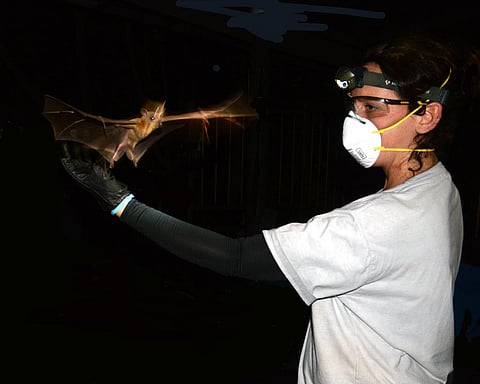

The World Health Organization (WHO), World Organization for Animal Health and the United Nations Environment Programme have laid down fresh guidelines for governments to reduce the risk of transmission of zoonotic pathogens to humans in food production and marketing chains.
These include suspension of trade in live caught wild animals of mammalian species for food or breeding, as well as a shut down of food markets that sell them. It also urged governments to bolster regulations to improve standards of hygiene and sanitation in traditional food markets.
A zoonosis is an infectious disease that jumps from a non-human animal to humans. Zoonotic pathogens may be bacterial, viral or parasitic. They can spread to humans through direct contact or through food, water and the environment.
The call for action comes as the world grapples with a resurgence of the novel coronavirus disease (COVD-19) cases; although there is no evidence that consumption of food is implicated in the transmission of the pandemic, the WHO guidelines underscored.
There is, however, a risk of exposure to the mucus, saliva, urine and other bodily fluids of the infected animals. There is also the risk of becoming infected in areas where animals are housed or from contact with objects as well as surfaces that have been contaminated with novel coronavirus SARS-CoV-2.
Other guidelines include: